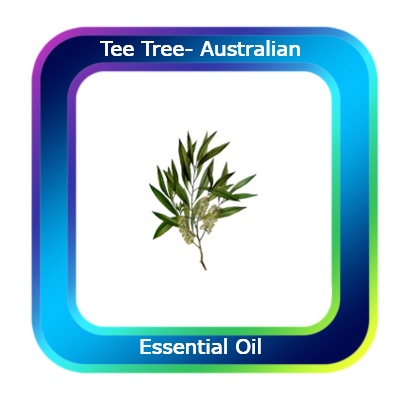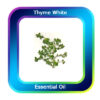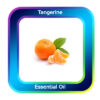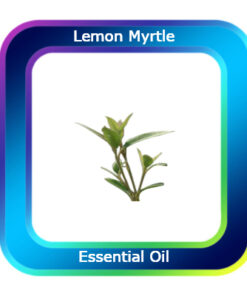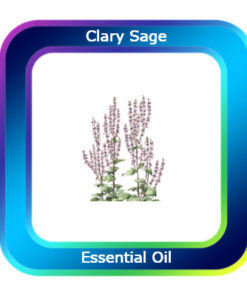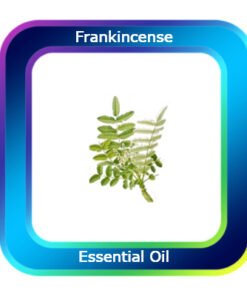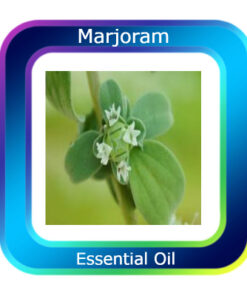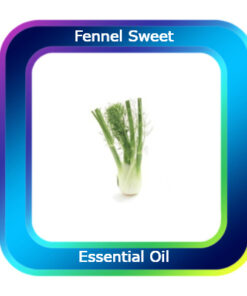Tea Tree Australian Essential Oil – 30ml
$29.00
Tea Tree Australian Essential Oil Overview
Ingredients: Melaleuca Alternifolia Leaf Oil
Botanical name: Melaleuca alternifolia
Common name: Tea tree
Plant part: Leaves
Extraction method: Steam distilled
Common uses: Tea Tree Australian Essential Oil has traditionally been used for its antibacterial, antifungal and antiseptic properties.
Tea Tree Australian Essential Oil Aromatics: A middle note with a medium aroma, Tee Tree has a fresh, slightly medicinal scent with characteristic woody, camphoraceous notes.
Blends With the following: Cinnamon Bark, Clary Sage, Clove Bud, Geranium, Lavender, Lemon, Myrrh, Nutmeg, Rosewood, Rosemary and Thyme.
The Tea Tree is a small tree or shrub with needle-like leaves. It is also domestically referred to as Ti-Tree. It can grow up to 7 meters (20 feet) in height and thrives in marshy areas, though it is now cultivated in plantations. The aboriginal people of Australia have long used Tea tree Oil. Historically, the leaves were used as a substitute for tea, which is how it got its name. In World War II, the producers and the cutters of Tea Tree were exempt from military service until enough essential oil had been accumulated to accommodate the military’s needs. Tea Tree is very robust and is ready for cutting only two years after its previous harvest. As Essential Oils have become more accepted by the public, the use of Tea Tree Oil has increased significantly. This is readily seen in the commercial products now using Tea Tree, although this grade is best used for therapeutic applications. This is one of the very few Essential Oils that can be applied to the skin ‘neat’, or without dilution, at a maximum rate of 3 drops.
Cautions: Dilute before use; for external use only. May cause skin irritation in some individuals; a skin test is recommended prior to use. Contact with eyes should be avoided.
All ShopToYou/The Natural Path Essential Oils are for external use only unless otherwise indicated.
This information is not intended to diagnose, treat, cure, or prevent any disease, and it should not be used by anyone who is pregnant or under the care of a medical practitioner.
| Weight | 80 g |
|---|
Related products
Essential Oils
Essential Oils
Carrier Oils
Essential Oils
Essential Oils
Essential Oils
Essential Oils
Essential Oils

